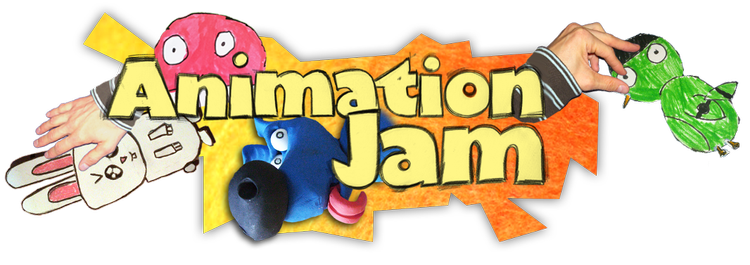Curriculum
Animation Jam and Key Curriculum Areas
While art and design and computing science are core to every Animation Jam workshop, the emphasis on other areas varies depending on the focus of the project. The films’ subject matter can of course relate to any curriculum area. Workshops are pitched at a level appropriate to the participants.
Art & Design
Inspiration
Pupils are introduced to animation as an art form and the creative possibilities animation opens up for them.
They learn the key principles of animating and experience these for themselves by having a short practice.
Development of ideas
Pupils work out how to share ideas, experiences and imagination by communicating information, thoughts and feelings visually.
They plan the scenes in their films, perhaps drawing a simple storyboard, and the artwork needed.
Making artwork
Pupils design and create images or objects using a range of media – characters, props and scenery.
They draw 2D puppets or make 3D models with armatures (metal skeletons) using plasticine and other materials.
They may select from a range of more unusual materials if making a more abstract film: for example salt, seaweed and textiles were used in one film to convey qualities of the sea.
Animating
Pupils create moving images to express qualities and relationships and convey information, thoughts and feelings.
They learn techniques to represent movement accurately and to create particular effects.
They use technology: cameras, laptops and computer software.
Computing science
Pupils learn about the features and functions of animation computer software and cameras and how they work together.
They use these to create, capture and manipulate text and images to communicate ideas, experiences and information in creative and engaging ways.
Working collaboratively, pupils create their own animations which are then used to create animated sequences.
Literacy and English
Pupils collaborate in groups of different sizes and take on a range of roles.
They think aloud to explore and collect ideas for their films.
They create their own stories with interesting structures, characters and settings.
They use narratives to express experiences, thoughts and feelings and to communicate information about events, processes and concepts.
If making a film about a topic being covered in class, they reflect on the aspects significant to them and explore these in their story.
They plan and structure their stories: selecting and organising ideas, facts and key points into scenes that sustain the narrative, perhaps using a simple storyboard.
Drama
Pupils create characters for their film and devise scripts that explore real and imaginary situations.
They adopt roles and bring their characters to life through voice, language and action – the movement of their puppets or models.
